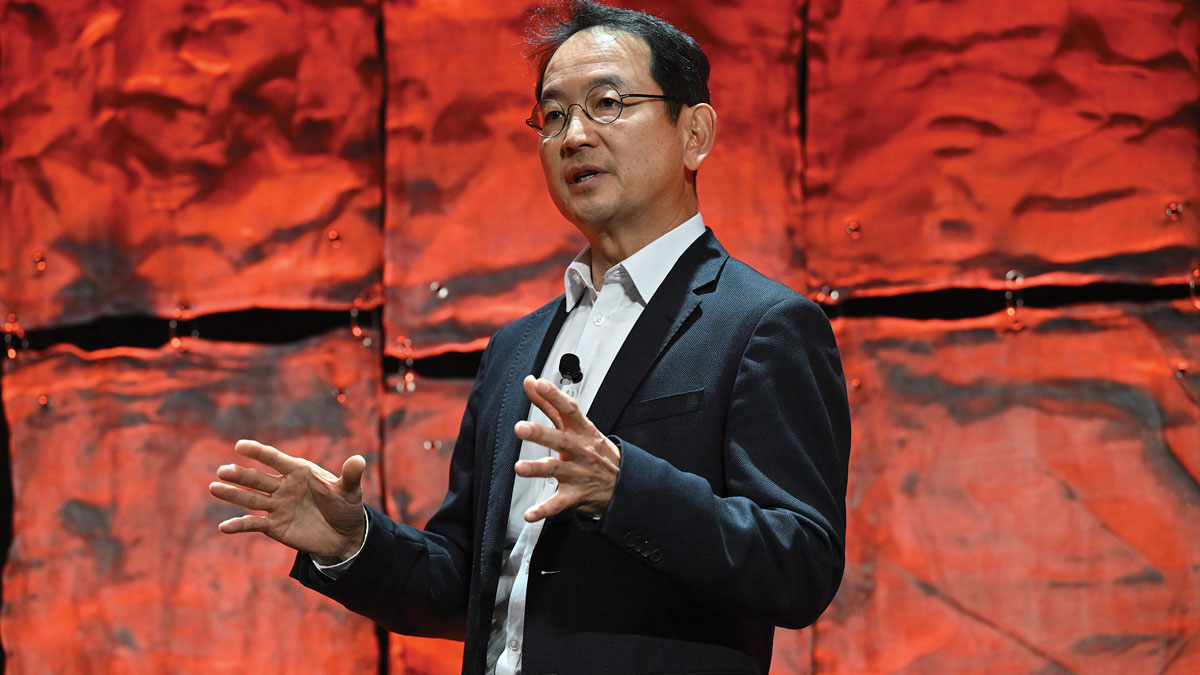How Physical Computing and AV Technology Make Better Experiences
Q&A With Sasha Harris-Cronin
Sasha Harris-Cronin has been working for BBI Engineering since 2002 and as of 2019 is a principal and owner. She specializes in exhibits and experiences that fall in the realm of physical computing. At various times, she has been everything from project manager to interaction designer to programmer or technologist. Occasionally she is an artist and taught Interaction design for three years in the graduate design department at California College for the Arts. She graduated from NYU's Interactive Telecommunications Program (ITP) in 2002. When not working, arting or parenting, Harris-Cronin does local anti-racism activism and organizing.
AVNETWORK: What new ideas in immersive experiences are you excited about?

SASHA HARRIS-CRONIN: I was blown away by the use of LED walls in the filming of The Mandalorian. I think that as DV (direct view) LEDs drop in cost, we are opening the door to a lot of new experiential possibilities, especially when combined with vision tracking and personalized story telling.
AVN: You've performed different roles from project manager, interaction designer, to programmer. What did you learn from each?
SH: As a programmer, I learned how things work and what is easy and hard. I learned to problem solve both methodically and creatively. When doing interaction design, I flip programming on its head and look at it from a user's perspective instead. I center users from the beginning of the experience, rather than the end. As a project manager, I need to consider projects more holistically and to think further into the future. I have to take into account the needs of all the parties involved rather than being stuck in one perspective.
AVN: How do AV integrators fit into the experience design process?
SH: We intrude. We just sort of bowl our way into the middle of things and scatter our opinions hither and yon. Oh no, wait. That's clients.
Real answer: Experienced AV integrators not only know the "how" of AV hardware, but also the "why" and the "when." After working in this industry for many years and doing up to 20 projects in a year, our understanding of how and when people use technology is very deep. I think that, especially in the contexts of museums, EBCs (executive briefing centers) and immersive experiences, AV integrators should be involved in the process as early as possible, not only to specify equipment, but for deep conversations about interaction design and to do physical sketches and prototypes.
AVN: How does physical computing come into experience design?
SH: Experience is not just about our brains. We experience things with our whole bodies. Physical computing allows us to address each part of the human experience and evoke emotions and memories that we otherwise wouldn't be able to affect.
AVN: What does technology not do now that you wish it did?
SH: I wish technology were more adaptable, transparent and interoperable. I wish that manufacturers implemented cradle to cradle manufacturing and considered environmental impacts beyond RoHS (Restriction of Hazardous Substances). I wish accessibility were taken into account during the hardware design process rather than glued on at the end of a project.
A daily selection of features, industry news, and analysis for AV/IT professionals. Sign up below.
Join Harris-Cronin on June 16 at InfoComm 2020 Connected. All sessions are free to attend.
To read more InfoComm Connected stories, visit avnetwork.com/tag/infocomm.
The AVNetwork staff are storytellers focused on the professional audiovisual and technology industry. Their mission is to keep readers up-to-date on the latest AV/IT industry and product news, emerging trends, and inspiring installations.
